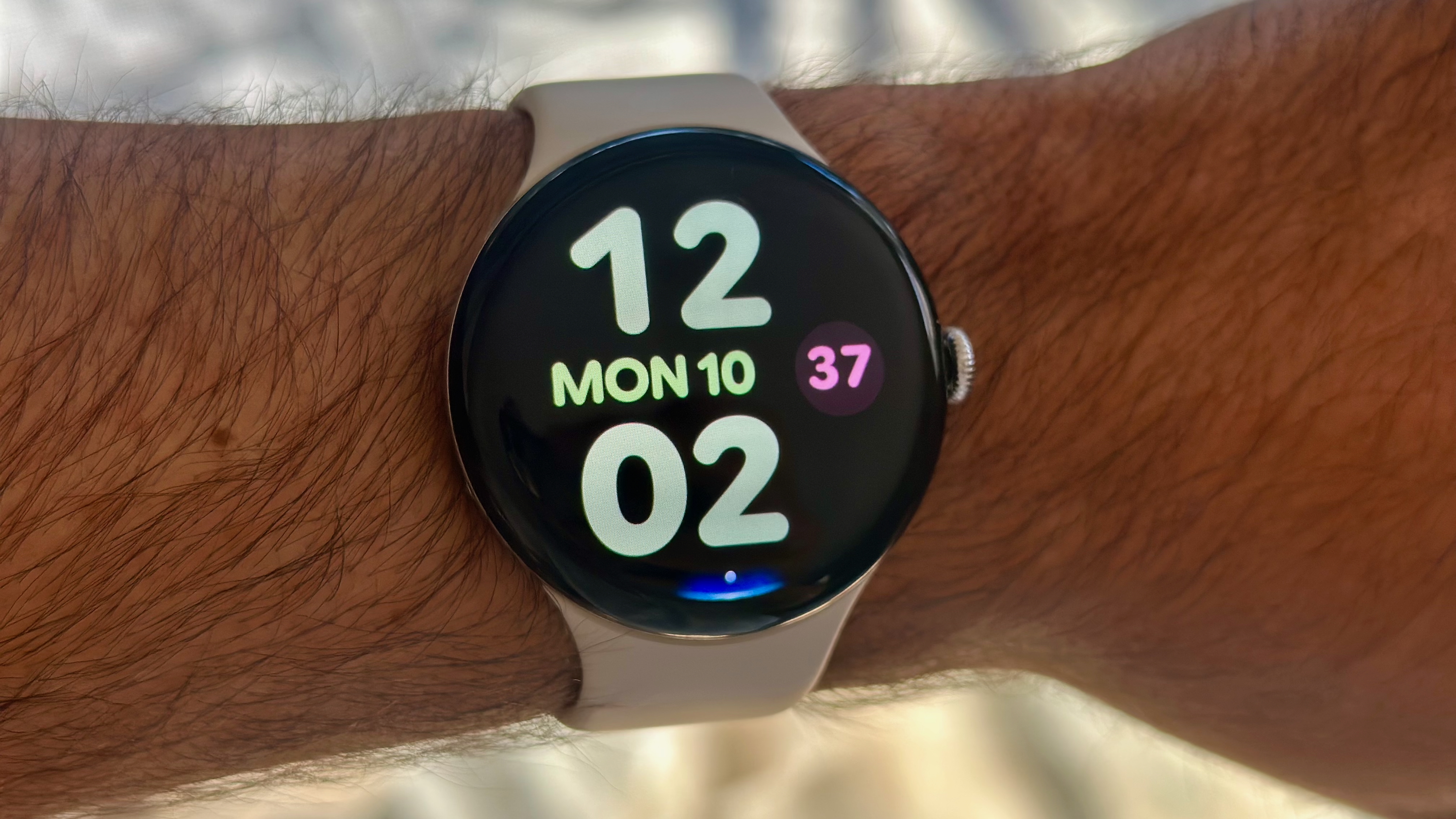Samsung Galaxy Watch 9: Everything we want to see
Many people will want a return to the old design, but we suspect the Galaxy Watch 9 will double down on squircles and new Samsung Health AI tools.
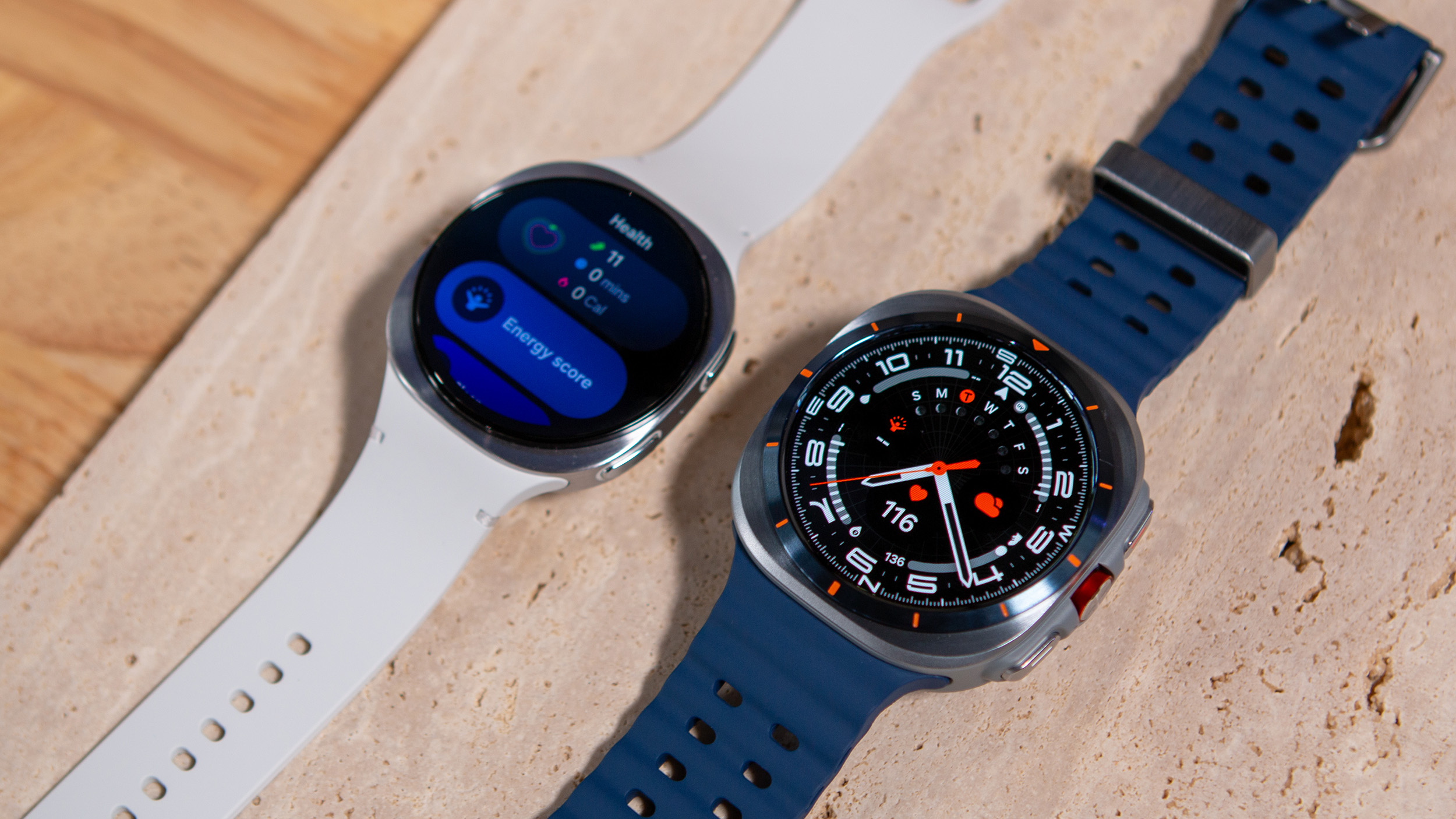
With the recent launch of the Galaxy Watch 8, Samsung will be watching closely to see if its Ultra-style "Cushion Design" can pay off and reverse its poor sales. Depending on the results, the Samsung Galaxy Watch 9 could either stick with the status quo or course correct to the old circular style.
Samsung's Watch 8 squircle plans leaked over a year in advance, so we're not expecting the Watch 9 to rock the boat. So if we accept that the squircle is here to stay, what else should the Galaxy Watch 9 add or change?
Based on our time reviewing the Galaxy Watch 8 Classic and our Galaxy Watch 8 hands-on, here's what we'd like (or expect) to see from the Galaxy Watch 9.
Samsung Galaxy Watch 9: Models
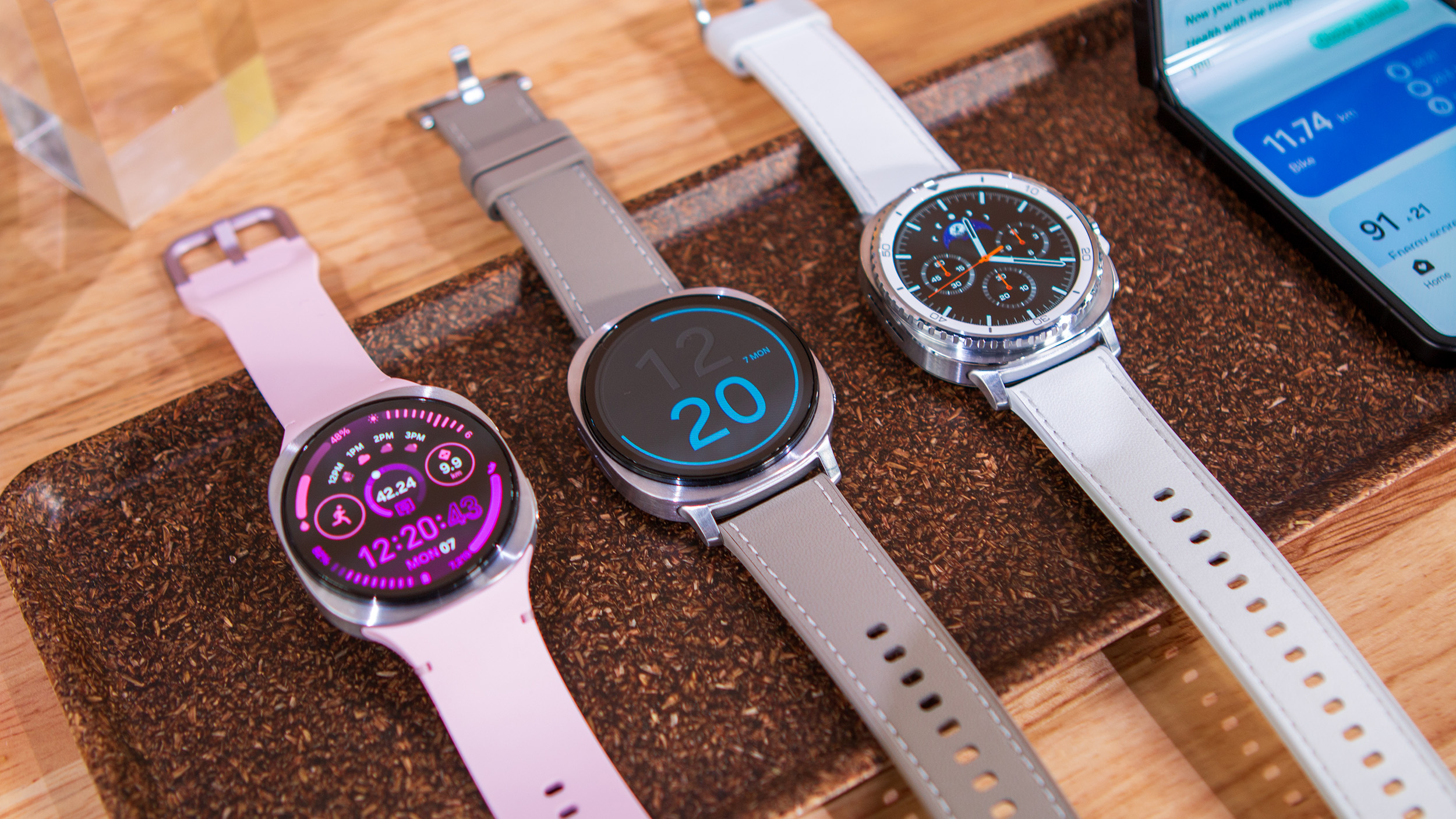
Samsung sold a Galaxy Watch 8, Watch 8 Classic, and Watch Ultra (2025) this year. Since Samsung traditionally sells Classics on alternating years, the safest bet is that we'll only see a Galaxy Watch 9 and Watch Ultra (2026) next year.
We're still a big fan of the 2022 Galaxy Watch 5 Pro, which Samsung skipped for the Ultra last year. Now that Samsung has started selling three models per year, we'd love to see a Pro resurrection that's lighter and longer-lived than the Classic and Ultra.
Unfortunately, since a titanium frame and long battery life are key Ultra selling points, we won't get our hopes up about a Watch 9 Pro.
There's also a decent chance Samsung will sell a cheap Galaxy Watch FE 2 next year. Apple releases its budget SE watches every 2–3 years, and since the first Watch FE came out in 2024, Samsung might follow its rival's lead in 2026.
Get the latest news from Android Central, your trusted companion in the world of Android
Samsung Galaxy Watch 9: Likely specs and features

Samsung rarely backslides on features offered from past generations, so it's safe to say that the Galaxy Watch 9 will come in two sizes, each aluminum case sporting a 5ATM water-resistant and MIL-STD-810H protective rating.
The last two Galaxy Watch generations used the 3nm Exynos W1000 chip with 2GB of RAM. Aside from the old Tizen OS watches, we've never seen one chip last three generations of Galaxy Watches, so there's a possibility of a new, faster 3nm chip, or at least a new coprocessor to handle background tasks and AI more efficiently.
We'll eventually see Galaxy Watches go beyond Bluetooth 5.3 and WiFi 5GHz into 6.0 and 6GHz. And we could see the Watch 9 add ultra-wideband (like the Pixel Watch 3 has), enabling features such as digital car keys, paired watch/phone unlocking, or better Find My tools. But we can only speculate if the Watch 9 gets them or a later generation.
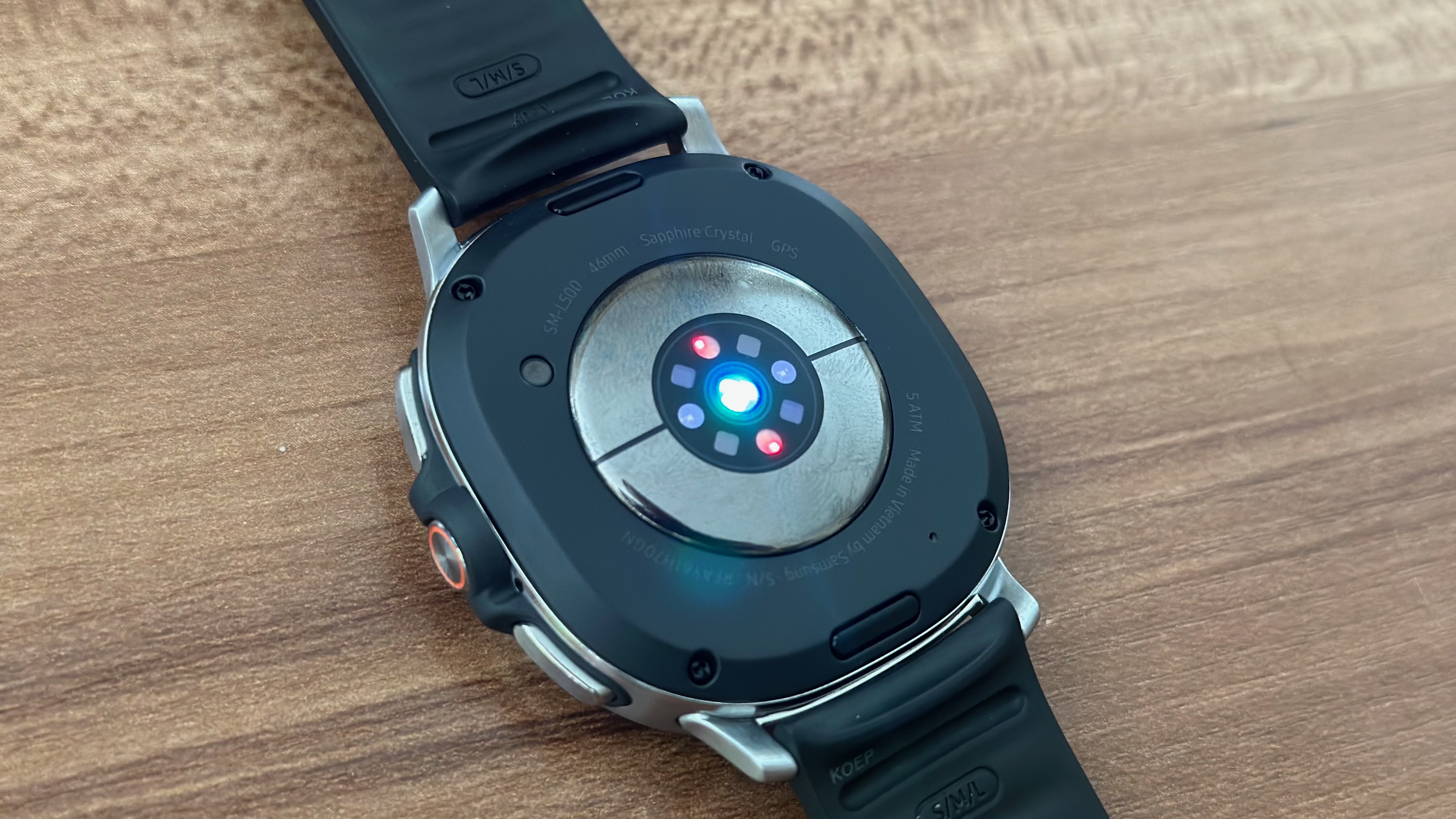
Since Google continues to make Wear OS more battery efficient every year, Samsung won't feel much pressure to increase the Watch 9's capacity too far beyond the Watch 8's 325/435mAh capacity, sticking to the same 40-hour estimate.
That also applies to the 10W WPC fast charging that the last three generations of Galaxy Watches have used. Faster charging can deteriorate battery capacity, so Samsung will let rivals like the OnePlus Watch 3 beat the Galaxy Watch 9 for speed. We would love to see Samsung adopt Qi2 charging on the Watch 9, at least.
Lastly, Samsung should bring back the same BioActive sensor that enables all of the new health tracking tools like Antioxidant Index, Running Coach, Vascular Load, and AGEs Index. It could improve it with new LEDs, like the Watch 7 added, but the fundamentals will be unchanged.
Samsung Galaxy Watch 9: What we want and expect to see
The Galaxy Watch 8 had a clear strategy: stick to the same hardware template with a thinner, squircle "Cushion Design" and a bunch of new Galaxy AI health tools. The Galaxy Watch 9 will probably continue down this same path.
Samsung has publicly speculated about a Samsung Health subscription, and most of its Galaxy AI disclaimers say that the tools are free through 2025. So it seems likely the Galaxy Watch 9 will push out even more health and fitness tools to justify a subscription.
We don't necessarily want to pay monthly for Health tools, but it seems a likely possibility. Let's focus instead on the Galaxy Watch 9 tools that we do want.
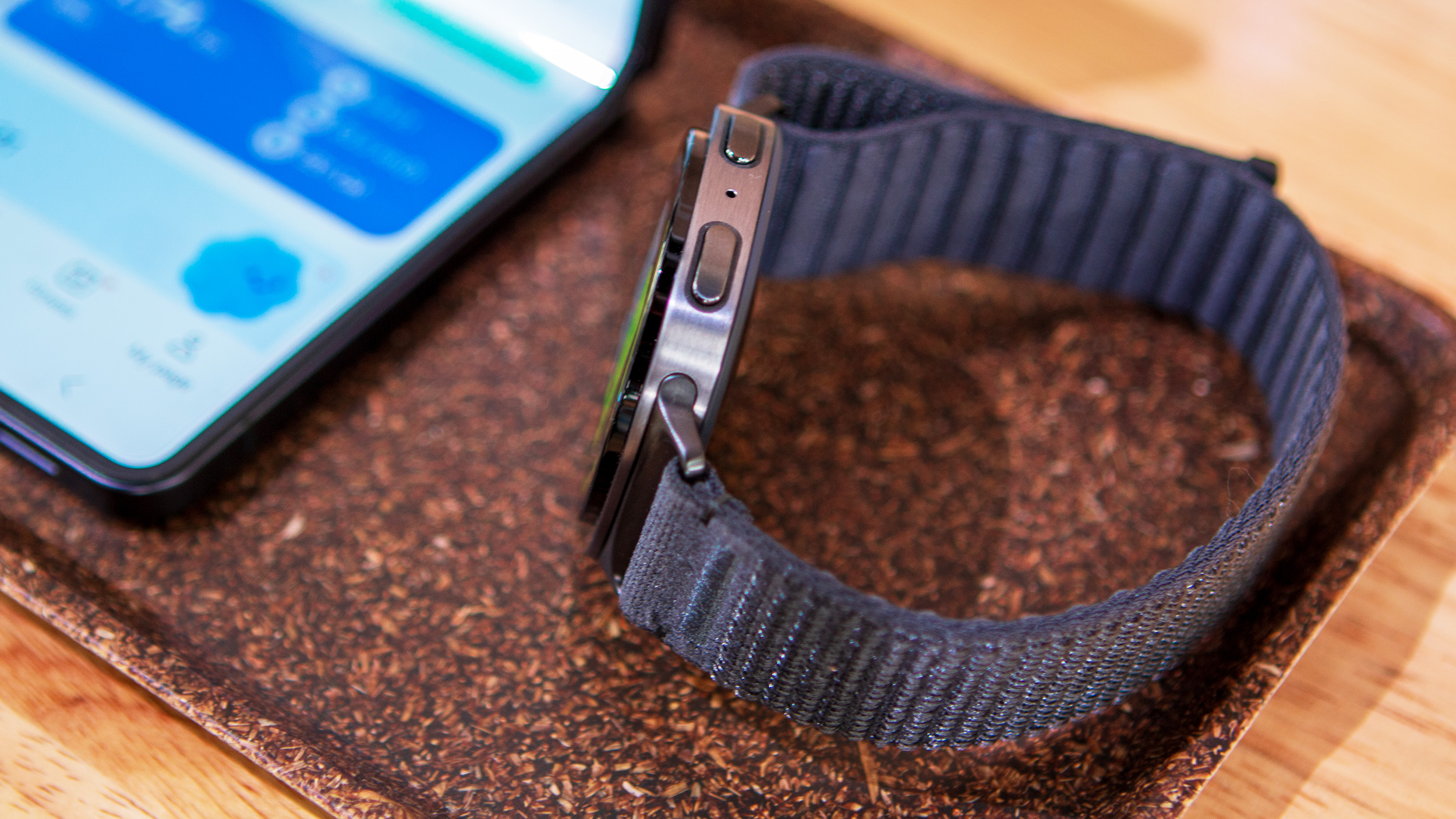
Better battery life
Samsung is working on denser all-solid-state batteries, or "Dream Batteries," according to a report. It claims that Samsung wants to insert this tech into Galaxy Buds, the Galaxy Ring 2, and future Galaxy Watches.
We'd love to see this in the Galaxy Watch 9, but the report suggested these "dream batteries" may not be ready until the Galaxy Watch 10 in 2027. And it may also be more expensive than your typical lithium-ion battery, and we don't want the Watch 9 price to rise again so soon.
In the meantime, we can only hope that some combination of a more efficient Wear OS 7, a better coprocessor, or extra capacity will make the Watch 9 longer-lived. I doubt we'll see it come close to the OnePlus Watch 3, but if it can hit 50 hours per charge instead of 40, that alone would be worth an upgrade.
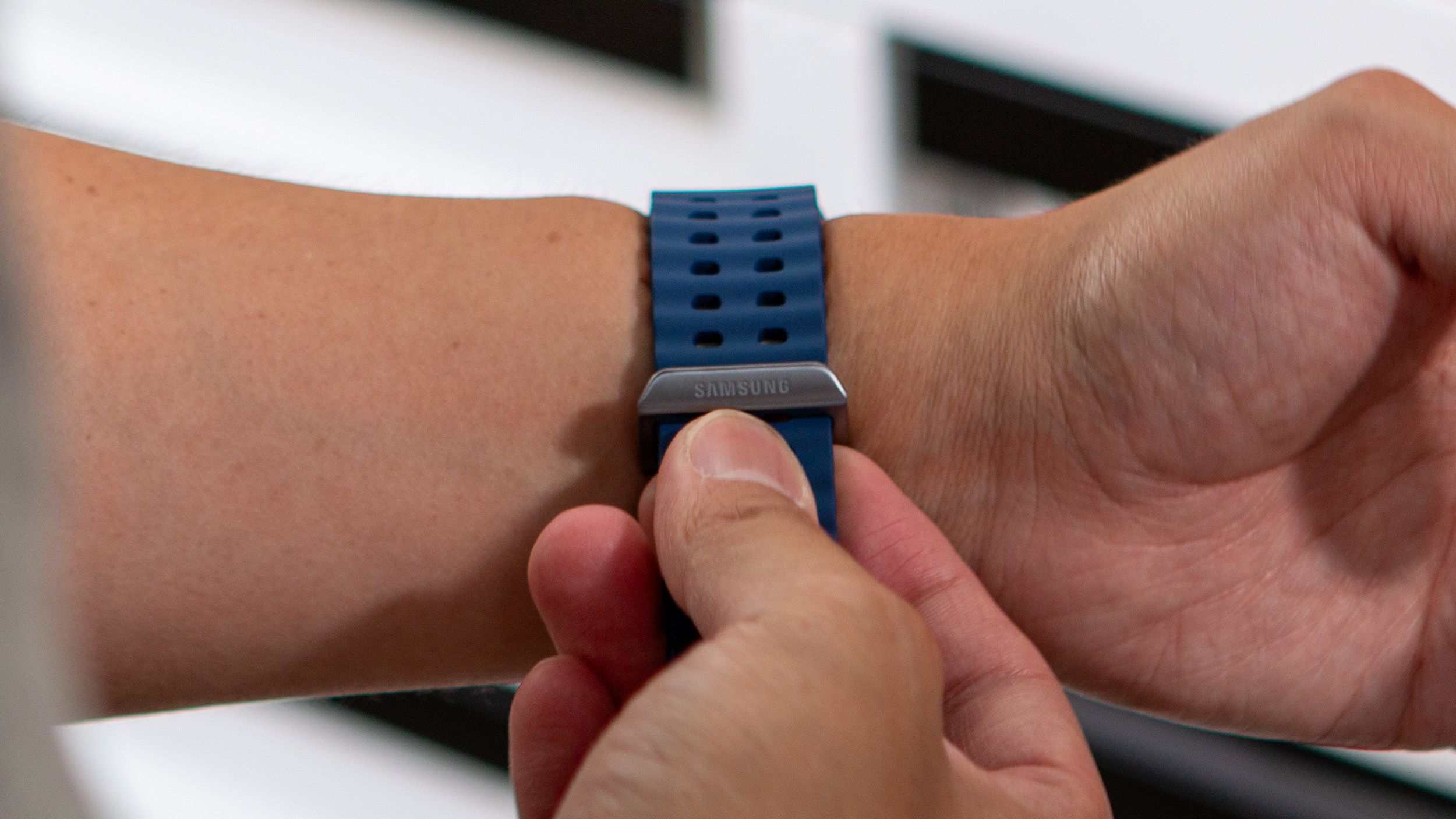
Thicker watch bands
Plenty of Galaxy Watch fans' wishlists would start with a return to a more circular design. But since Samsung isn't likely to relent on its squircle look anytime soon, I'll instead bring up this request from my colleague Brady, who is currently reviewing the standard Watch 8.
He likes the Watch 8 design in person, calling it "super thin" and praising the contrast between the dark screen and metallic squircle. But he doesn't like how the current Galaxy Watch 8 bands look "really narrow compared to the thick squircle case," emphasizing instead of masking the squircle's size.
The Galaxy Watch Ultra has wider bands that proportionally match its size. I'm not sure if the current Dynamic Lug system can accommodate a wider band, but hopefully, this is something Samsung can figure out by the Galaxy Watch 9 launch.
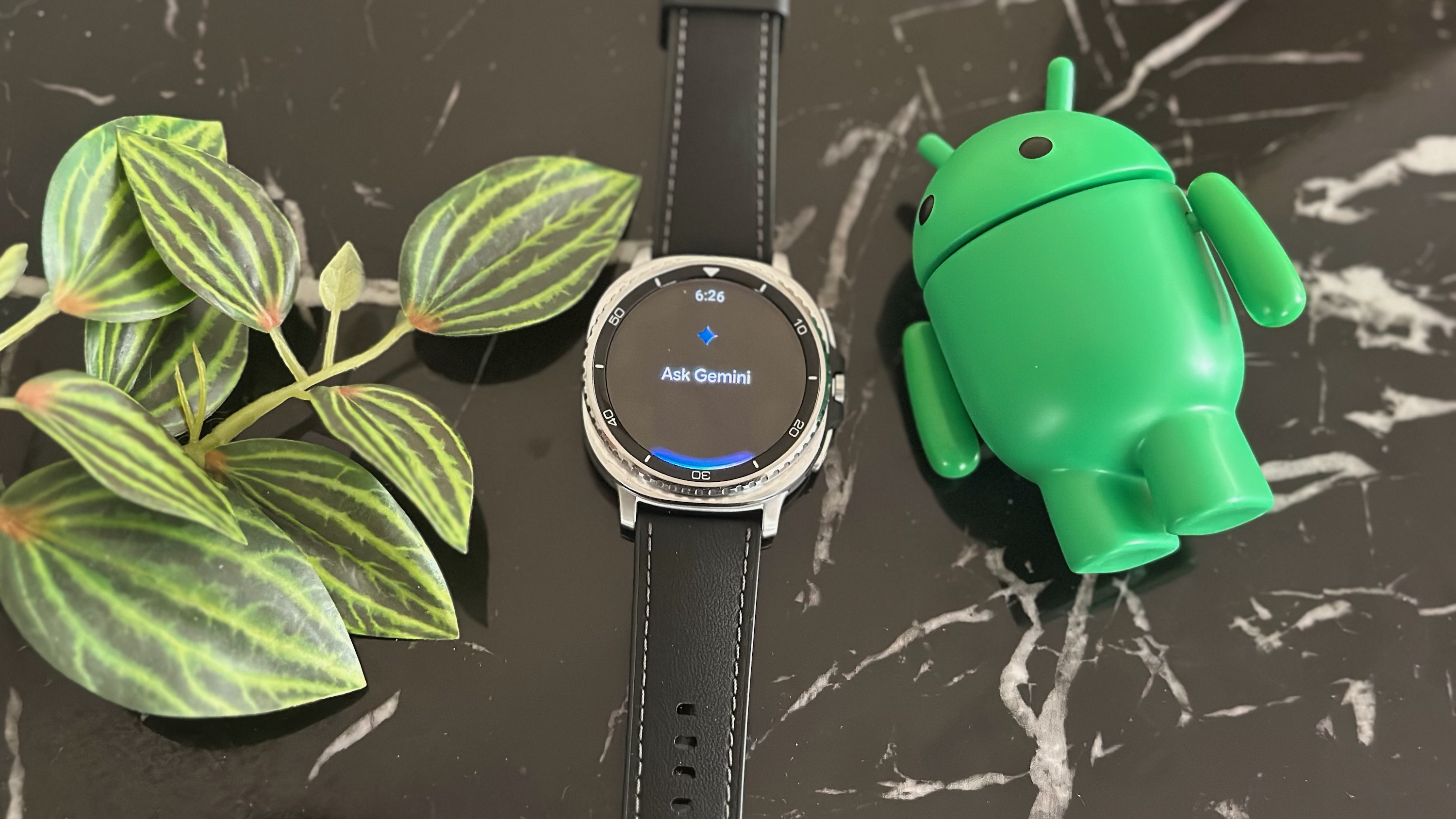
New Gemini tools
This request is as much about Google and its Wear OS 7 plans as about Samsung. But now that Gemini on Wear OS has launched, we hope that the AI will continue to improve, integrating more closely with Google & Samsung apps and improving smarts.
We're hoping that any upgrades to the Exynos processor will lead to faster and smarter AI responses. But beyond that, we'd like to see Gemini integrate more closely with Samsung Health so it can provide direct coaching based on your data.
We'd also like to see Gemini Live come to Wear OS watches for more in-depth conversations. And while this isn't specific to on-watch AI, it might be handy if Samsung and Google could train an AI tool that lets you take a photo of a plate for nutrition logging.
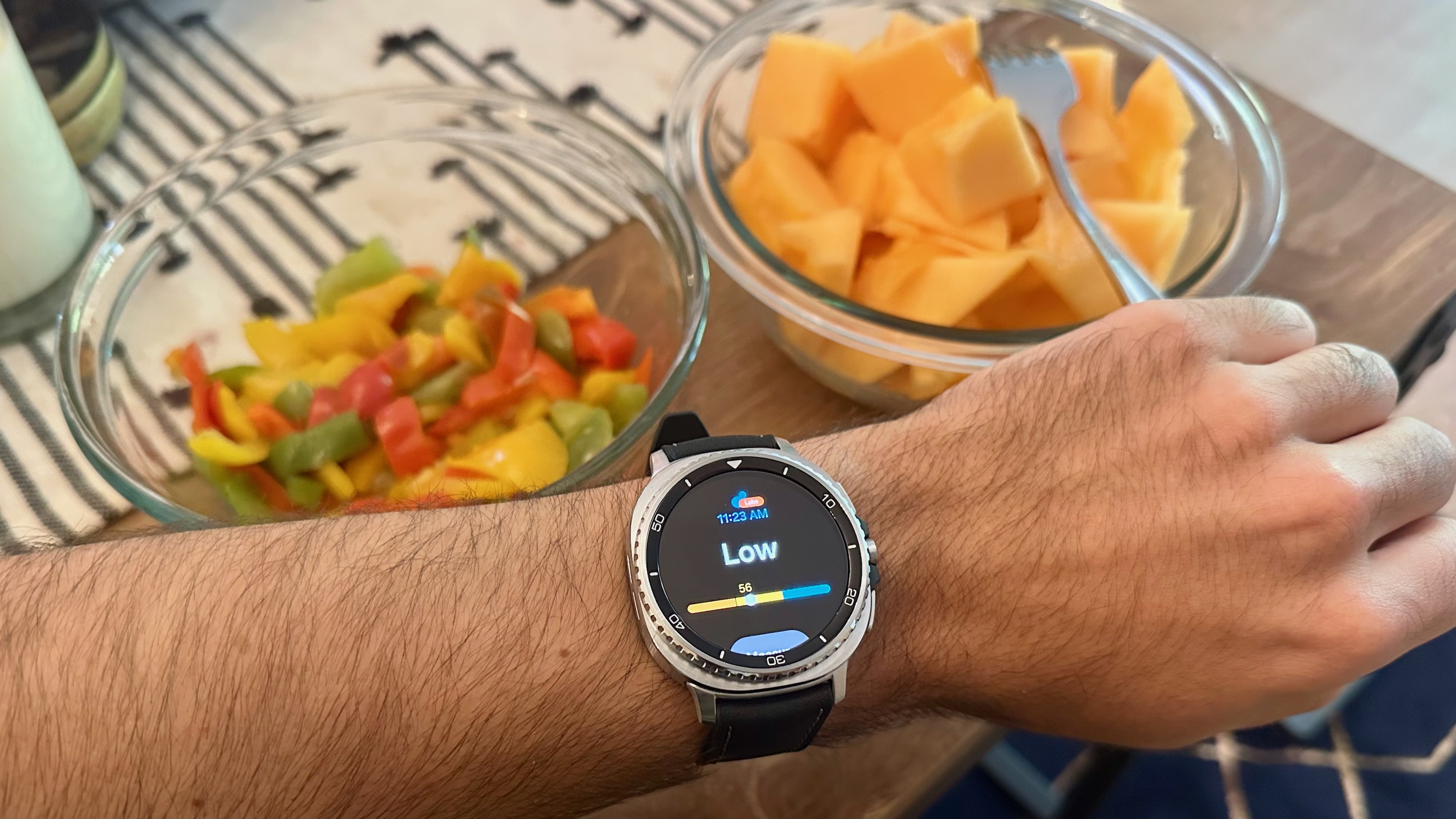
New Samsung Health data and coaching
If Samsung's going to charge money to judge our bodily health, it needs to earn it. I suspect we'll get some kind of Health Coach AI, but it'll need to be highly accurate and tailored to your body's data, rather than some generic LLM chatbot.
Samsung has been working on non-invasive blood glucose monitoring, and this would certainly fit into Samsung's current mold of judging your body's heart health and antioxidant levels — assuming that it's ready and accurate enough to be relevant.
Otherwise, Samsung has done a good job of surprising us with tools like the antioxidant index that we never expected, so we'll simply hope that Samsung has more tricks in store that its multicolored LED sensors can detect.
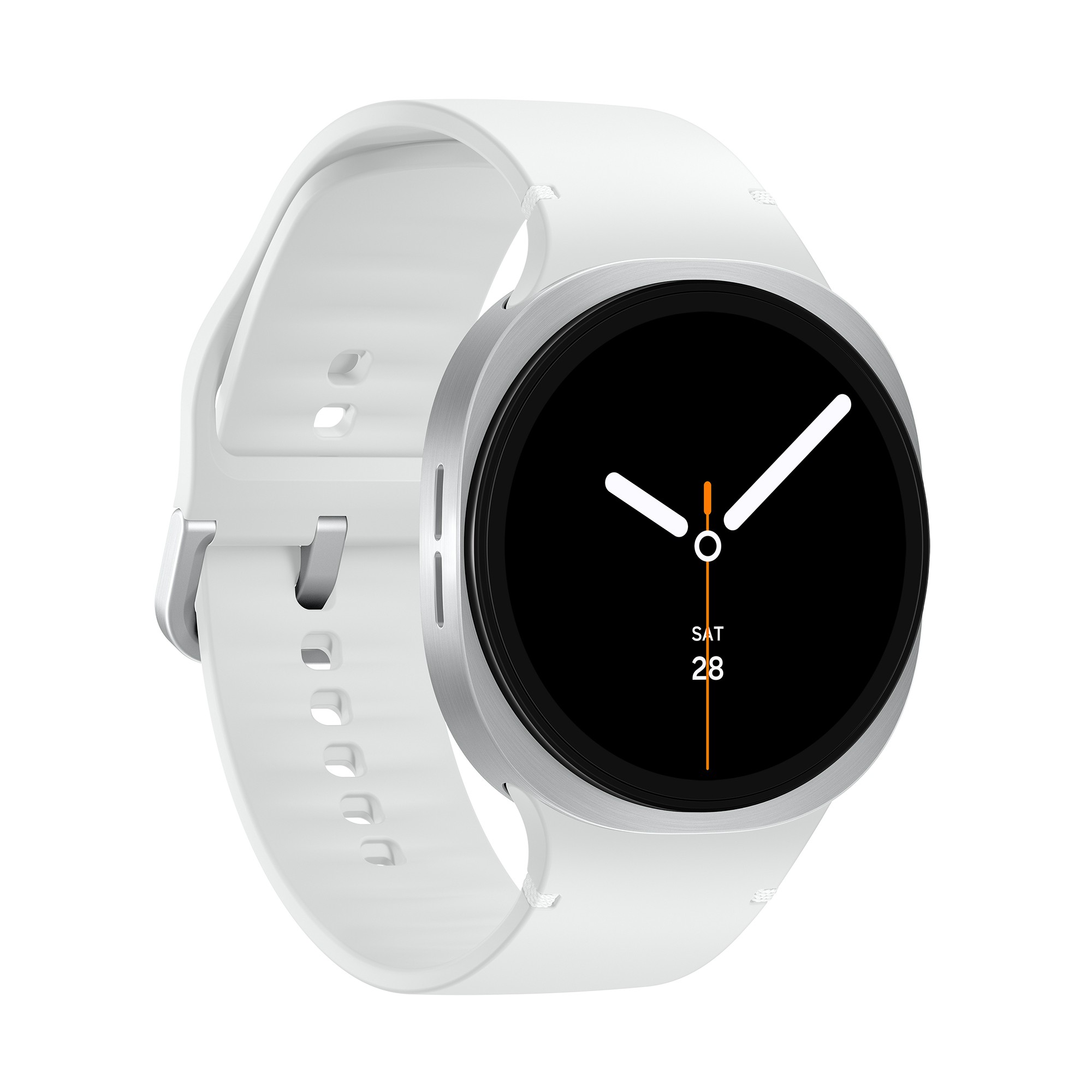
Sleek style
The Samsung Galaxy Watch 8 is available now and has some trade-in deals and cash-back credit to soften the price. The latest model has a brighter 1.34-inch display with a bunch of new Samsung Health tools and the latest One UI 8 Watch tools, months before the last-generation models.
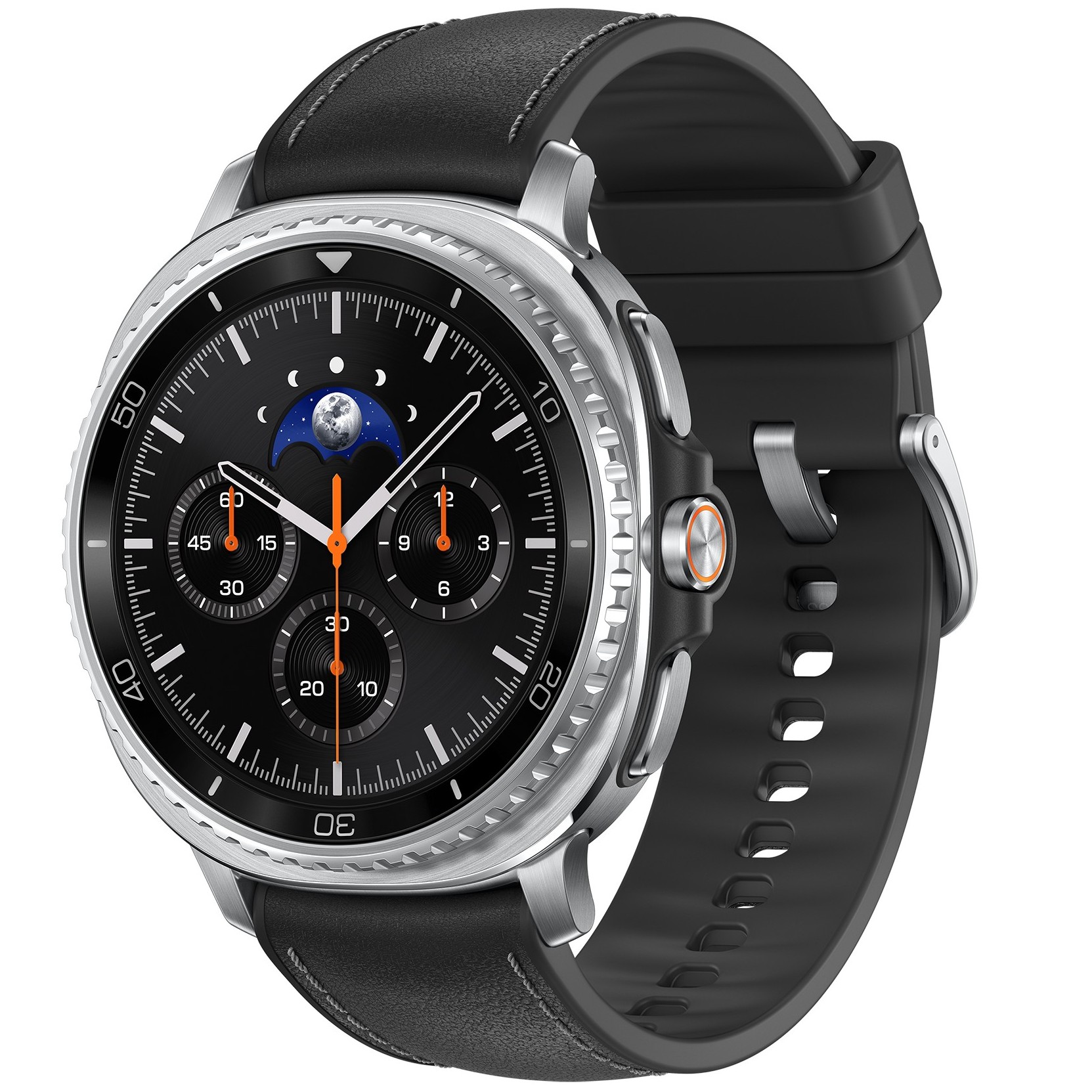
A Classic spin
The Galaxy Watch 8 Classic brings back Samsung's popular rotating bezel, allowing you to navigate menus and features with minimal interaction with the display.

Michael is Android Central's resident expert on wearables and fitness. Before joining Android Central, he freelanced for years at Techradar, Wareable, Windows Central, and Digital Trends. Channeling his love of running, he established himself as an expert on fitness watches, testing and reviewing models from Garmin, Fitbit, Samsung, Apple, COROS, Polar, Amazfit, Suunto, and more.
You must confirm your public display name before commenting
Please logout and then login again, you will then be prompted to enter your display name.
